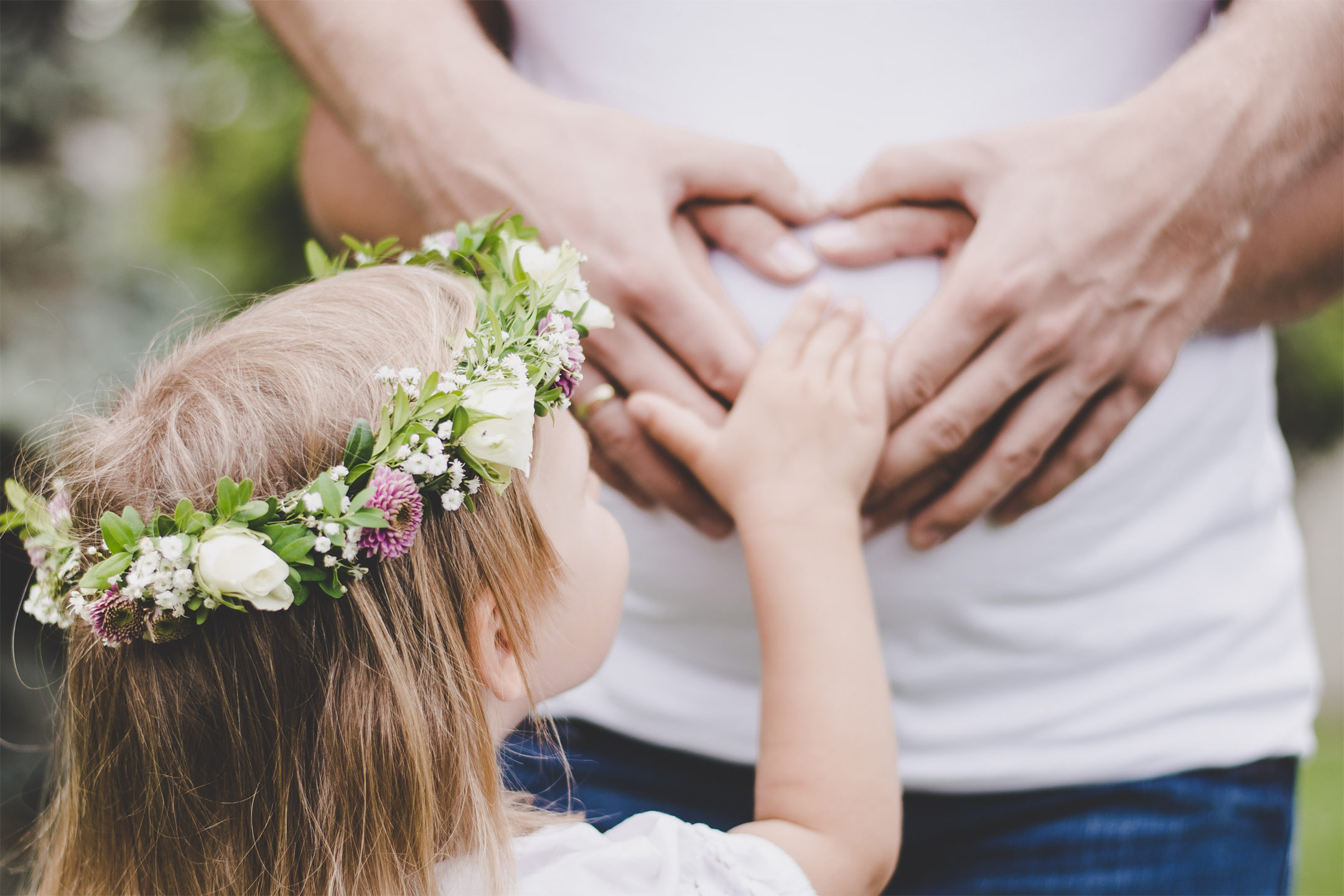
27 Jan Pregnancy During Summer
Summer is a tough time to be pregnant, here’s how you can be more comfortable.
Many mums-to-be can feel quite uncomfortable during our Aussie summers. Chatting to Professor Ajay Rane, vice president of the Royal Australian and New Zealand College of Obstetricians and Gynaecologists (RANZCOG), we found out why this is the case:
• Pregnant women are more susceptible to the heat and humidity because their core body temperature is already slightly higher than normal. “The primary reason is an increase in basal metabolic rate and blood volume,” says Rane. “It begins in early pregnancy and peaks in the third trimester.”
• Pregnancy weight in conjunction with a raised temperature makes physical exertion harder, which can mean more sweating and fatigue.
• Pregnancy and summer work together to increase the likelihood of oedema, which is fluid retention throughout the body, leading to swelling in the feet and legs. “Many women experience swelling of their legs during pregnancy, beginning in the second trimester, due to a change in the circulation of body fluids,” says Rane.
• Sun exposure can also lead to melasma (when this occurs in pregnancy it is called chloasma), a condition where pigmentation causes certain areas to of the skin to darken due to an increase in the melanin hormone.
With all this in mind, it’s important to be aware of ways to avoid overheating, as heatstroke can lead to premature labour, according to Rane. There’s also a higher risk of becoming dehydrated, as your blood volume increases making it harder to distribute the fluids. “Severe dehydration in the mother can decrease the fluids available to the developing foetus,” says Rane. Low levels of amniotic fluids can affect a baby’s growth.
Beat the Heat
• Exercise safely. Low-impact exercise such as swimming, or yoga in an air-conditioned environment, is best for pregnancy. Sweating actually helps to lower temperature, but remember the more you sweat, the more you need to replenish the water in your body. Be sure to drink plenty of water or fluids with electrolytes, before and after exercise.
• Minimise your intake of foods and drinks that act as diuretics by promoting the passing of urine (even if you are drinking plenty of water). Caffeine and foods high in salt are the two main culprits.
• Avoid activities that will increase your temperature, including hot baths and showers, spas, solariums and saunas. Try not to spend prolonged periods of time in the sun, and most importantly, don’t mistake symptoms of heatstroke as being typical of pregnancy. “The signs of heatstroke include dizziness, fainting, blurred vision, a rash and leg cramps,” says Rane. Always check with a doctor if you have any concerns.
• When it comes to puffy feet and ankles, the support stockings that are supposed to help can be too hot to wear in summer. “Swelling can often be alleviated with rest and elevating the legs,” says Rane. Soaking your feet in water can ease some discomfort, as can swimming because the weightlessness of the water can take pressure off your joints. Swelling in other areas of the body, such as the hands or face, is less common. “If you experience swelling with headaches, changes in your vision or abdominal pain, these may be a sign of pre-eclampsia and you should see your doctor.”
Words by Brooke Tasovac




